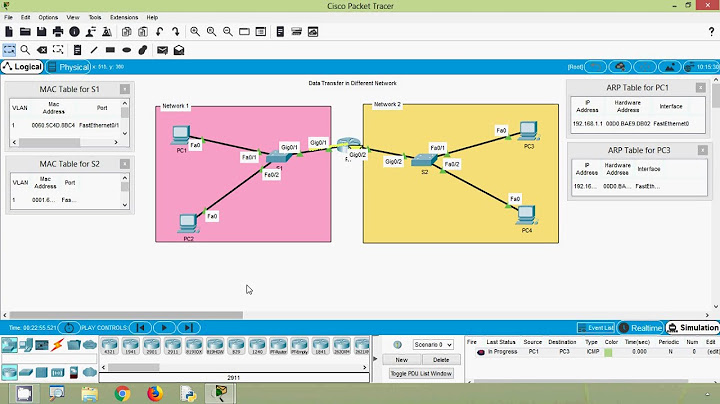A Nominal Scale is a measurement scale, in which numbers serve as “tags” or “labels” only, to identify or classify an object. This measurement normally deals only with non-numeric (quantitative) variables or where numbers have no value. Show
Below is an example of Nominal level of measurement. Please select the degree of discomfort of the disease:
In this particular example, 1=Mild, 2=Moderate, and 3=Severe. Here numbers are simply used as tags and have no value. There are four variable measurement scales: nominal, ordinal, interval and ratio. These measurement scales are ways to categorize different variables (an element, feature or factor that is likely to vary). By default, all variables fall in one of the four scales mentioned above. Understanding their properties and assigning variables to one of the four measurement scales is important mathematically because they determine what mathematical operations are allowed. Nominal scale possesses only the description characteristic which means it possesses unique labels to identify or delegate values to the items. When it’s used for the purpose of identification, there is a strict one-to-one correlation between an object and the numeric value assigned to it. For example, numbers are written on cars in a racing track. The numbers are there merely to identify the driver associated with the car, it has nothing to do with characteristics of the car. But when nominal scale is used for the purpose of classification, then the numbers assigned to the object serve as tags to categorize or arrange objects in class. For example, in the case of a gender scale, an individual can be categorized either as male or female. In this case, all objects in the category will have the same number, for example, all males can be no. 1 and all females can be no. 2. Please note, that nominal is purely used for counting purposes. From a statistics point of view this scale is one of the easiest to understand measurement scale. As mentioned earlier, it is assigned to items that are not quantitative or number oriented. For example, let’s assume we have 5 colors, orange, blue, red, black and yellow. We could number them in any order we like either 1 to 5 or 5 to 1 in ascending or descending order. Here numbers are assigned to colors only to identify them. Another example of nominal scale from a research activity point to view is YES/NO scale. It essentially has no order. Create a Nominal Scale Survey: Get Your Free Account Now Characteristics of Nominal Scale
Learn more: Quantitative Research Nominal Scale ExamplesHere are some of the examples of nominal measurement that will help in understand this measurement scale better.
There is a subtype in nominal scale with only two categories like one of the examples mentioned above: Gender- Male/Female. Or, do you own an iPhone? The answer could be Yes/No. This subtype is known as dichotomous nominal scale.  ConclusionThe point of this concluding note in this blog is to keep everyone informed, that the classification of variables according to their measurement is useful in concluding which analytical procedure is useful for a researcher. In this scale, it is easy to generate responses using close ended questions, a lot of responses can be collected in short period of time, which in turn increases reliability. However, there is a downside to the scale, without a linear scale, participants are unable to express their degrees of response. Learn more: Types of survey questions with answers Read more about different variable measurement scales:
Create a Nominal Scale Survey: Get Your Free Account Now When the data are labels or names used to identify an attribute of the elements and the rank of the data is meaningful the variable has which scale of measurement?
Are labels used to identify attributes of elements?Labels or names used to identify an attribute of each element. Categorical data use either the nominal or ordinal scale of measurement and may be nonnumeric or numeric. Numeric values that indicate how much or how many of something. Quantitive data are obtained using either the interval or ratio scale of measurement.
What is measured on a nominal scale?A nominal scale is the 1st level of measurement scale in which the numbers serve as “tags” or “labels” to classify or identify the objects. A nominal scale usually deals with the non-numeric variables or the numbers that do not have any value.
What is the set of measurements collected for a particular element called population sample observation variable?A set of measurements collected on every experimental unit of the entire collection of data is known as population. Census is one such data collection method where the researcher collects data on every experimental unit. Therefore the answer is a) census.
|

zusammenhängende Posts
Werbung
NEUESTEN NACHRICHTEN
Wie lange braucht leber um sich vom alkohol zu erholen
1 Jahrs vor . durch ElectromagneticSubcommitteeWerbung
Populer
Werbung

Urheberrechte © © 2024 de.ketajaman Inc.


















